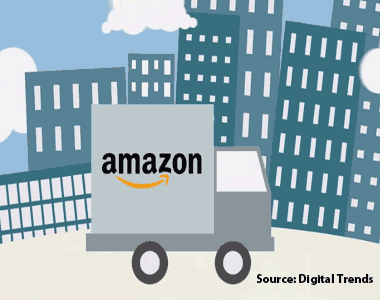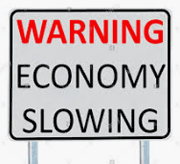| |
|
| |
|
 |
Supply
Chain by the Numbers |
| |
|
| |
- Sept. 7, 2023
|
| |
|
| |
|
| |
|
| |
Amazon and Shopify make Deal on Shipping; Jersey Wind Farm Project Delayed; US Manufacturing Drops again in August; West Coast Dock Workers Ratify New Contract |
| |
|
| |
| |
| s |
| ac |
| |
2 Million |

|
That is about how many etailers of all sorts that use the Shopify ecommerce front end tools to sell their wares on-line. It now appears some significant number of them will soon be able to use Amazon to ship those orders – if the merchant uses the Fulfillment by Amazon 3PL service for its business through the Amazon Marketplace and the consumer is an Amazon Prime member. It’s a big change, given not all that long ago Shopify was spending big to create its own fulfillment network to challenge Amazon’s and add more value to its merchants, but that strategy was abruptly scuttled in May. This as Amazon has recently made several moves to bolster its logistics business.
|
|
|
|
| |
| |
|
|
 |
| That is how many consecutive months that the US Purchasing Managers Index from the Institute for Supply Management (ISM) has now been below 50, with the August reading coming in at 47.6. That’s important because 50 is the line of demarcation. A score above 50 means US manufacturing is expanding, while below 50 signals contraction. What’s more, the New Orders Index remained in contraction territory at 46.8, half a percentage point lower than the figure of 47.4 recorded in July, in bad news for future US manufacturing activity. |
|
|
|
| |
| |
35% |
|
That is the share of rank-and-file members of the International Longshore and Warehouse Union (ILWU) who voted in favor of a new, six-year contract covering dockworkers at West Coast ports. That ratification was announced this week after voting that had been going on since late July, when a tentative agreement was reach by union leadership and the Pacific Maritime Association, which represents port interests. Details of the six-year pact still have not been releases, but the high level of approval by union members would seem to indicate the contract is well liked. It has been reported by the Wall Street Journal that the deal included a 32% pay increase through 2028 and a one-time “hero bonus” for dockworkers who worked through the pandemic. We might also assume the union likely largely won in its position on limiting port automation, though that could hinder productivity at US ports versus international operators, giving those countries competitive logistics advantage. |
| |
| |
| |
| |
| |
|
|
|
| |
 |
 |
| |
 |
![]() |
 |
|
| |
 |
Feedback |
|
|
|
![]()
|
No Feedback on this article yet.
|
|
![]() |
|
|
|
![]() |
 |
![]() |
 |
|
| |